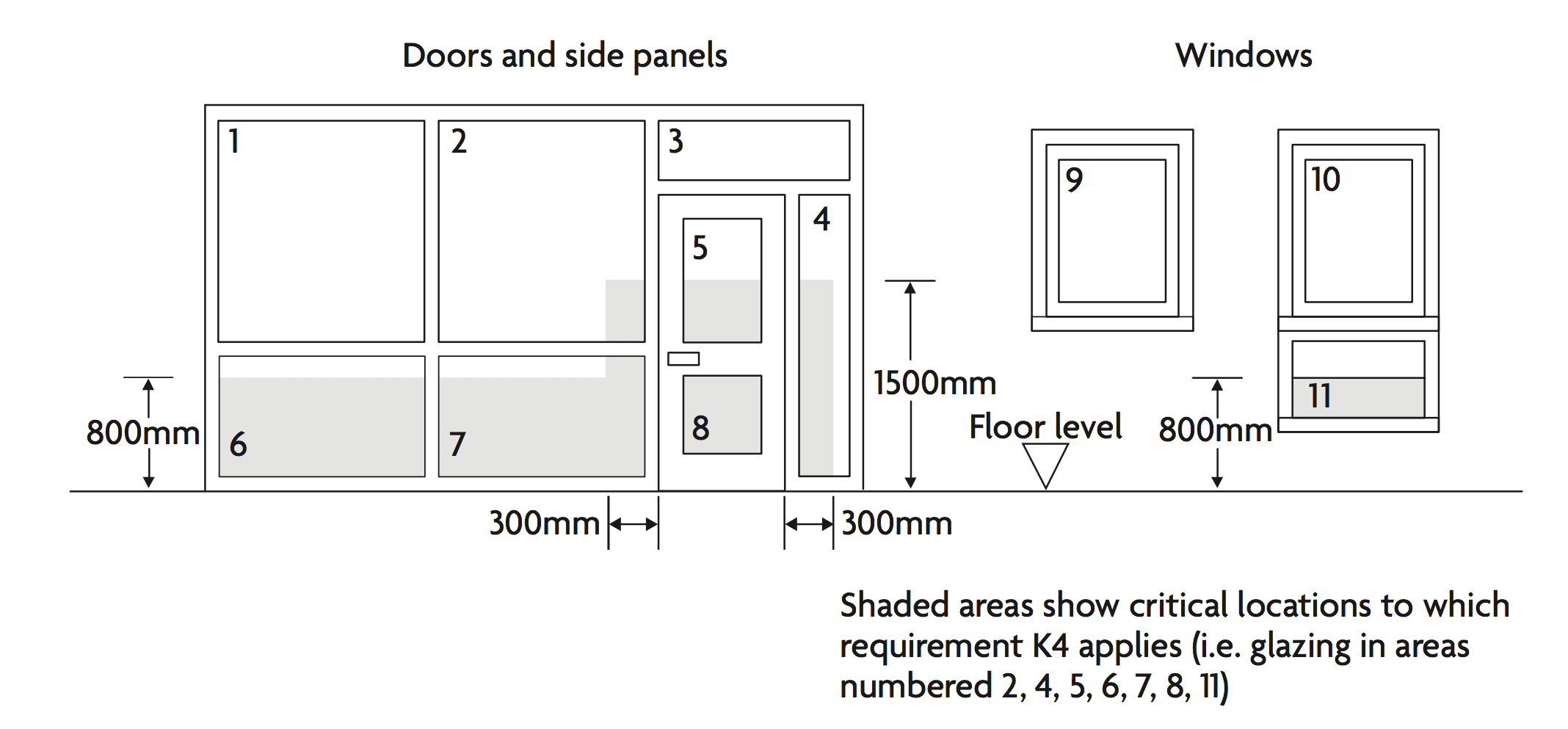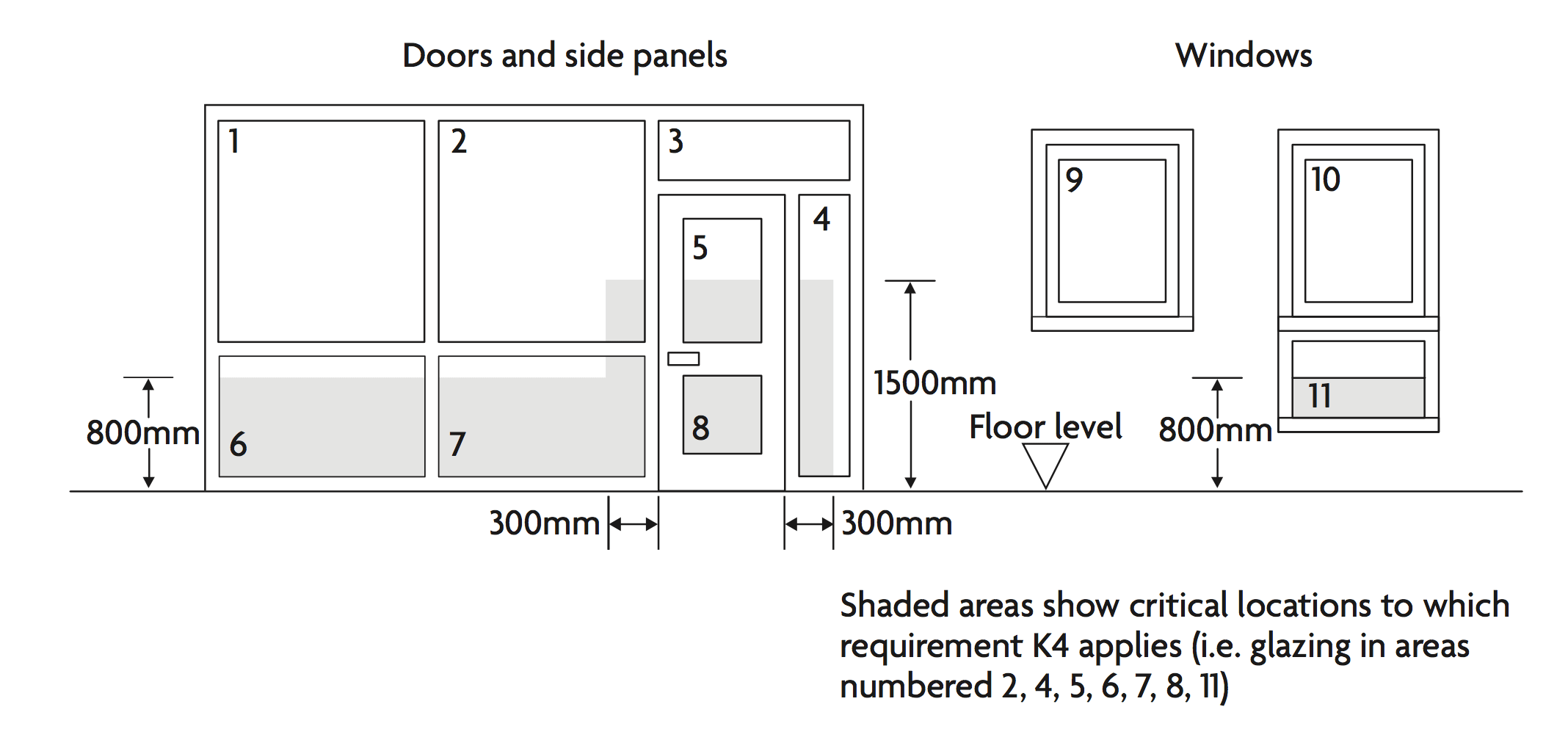Regulation 14 – Glass Safety Legislation

What is Regulation 14?
Regulation 14 states that;
“Every window or other transparent or translucent surface in a wall or partition and every transparent or translucent surface in a door or gate shall, where necessary for reasons of health and safety:
be of safety material or be protected against breakage of the transparent or translucent material;
be appropriately marked or incorporate features so as, in either case, to make it apparent.”
Why is Regulation 14 Important?
Since 1975 the Health and Safety at Work Act (HSWA) (1974) has required employers, the self-employed and certain people who have control over workplaces to ensure, so far as is reasonably practicable, the health and safety of anyone who may be affected by their work activities. So, if glazing constitutes a risk, reasonably practicable measures need to be taken to deal with it.
On 1 January 1993 the Workplace (Health, Safety and Welfare) Regulations 1992 came into force to implement the EC Workplace Directive. Regulation 14 includes requirements for glazing which make explicit those that are implicit in the HSWA. The regulations apply to all workplaces including factories, offices, shops, schools, hospitals, hotels and places of entertainment. They do not apply to domestic premises used for work, or to construction sites.
The duty to comply with the regulations will usually fall to the employer. However, people other than employers may be duty holders under the regulations if they have control of a workplace to any extent; such as owners and landlords of buildings used as workplaces.
Depending upon the tenancy agreement, particularly of a multi-occupied building, the owner, as opposed to individual employers, may be the duty holder responsible for complying with the requirements.
How does Regulation 14 affect me?
The regulation expects action “where necessary for reasons of health or safety”. A survey must therefore be undertaken to assess every window or other transparent or translucent surface in a wall, partition, or door or gate to establish whether there is a risk of anyone being hurt if people or objects come into contact with it, or if it breaks.
If there is no risk, no further action is required. If there is a risk then action will be necessary to comply with the regulation. You will be required to:
Reduce the likelihood of glass breakage occurrence by increasing glass visibility.
Reduce the effects of glass breakage when i does occur by ensuring that the glass breaks safely.
Failing to meet Health and Safety regulations can result in severe penalties.
Assessing the risk
The assessment needs to take into account all factors that may increase the risk of glass breakage.
For every pane, we must assess;
The location of the glazing (some locations are at higher risk of impact than others)*
The nature of the activity taking place nearby (some activities increase the risk of impact)
The volume of traffic (this increases the risk of impact)
Any previous experience of incidents (if it often breaks, whatever the reason, there is a risk it will break again)
*We are given additional guidance on locations that are often at higher risk of breakage. These areas are referred to as universal “critical locations”, and we are asked to pay particular attention to them when conducting the full assessment.
 Critical Locations
Critical Locations
Common Mistakes
When assessing risk, we are required to assess all glazing against a range of factors. These factors include the location of the glazing, the nature of the activity, any previous instance of breakage, and the volume of traffic expected.
The most frequent mistake made is when only some areas of glazing are assessed, and these are not assessed against all criteria.
As an example;
We have seen instances whereby the above “critical locations” diagram is interpreted as the only areas that need to be addressed, rather than areas which we need to pay particular attention to as part of our assessment of all areas.
This leads to two potential problems;
High risk glazing outside of these specific locations excluded.
Low risk glazing inside these locations included.
A quick example here would be glazing not in a universal “critical location” but with a high risk of breakage – such as glazing next to a sports field, or at elbow height in a busy school corridor.
Glazing location is only one element which affects risk. However, they all must be considered.
For further information on glazing compliance surveys, please see our section on Glazing Audits.
Window Film is an ideal Solution!
Increase Glazing Safety
The application of safety window film to existing glazing to upgrade it to be in accordance with EN12600 (2B2) safety standards is still the most widely used method since Regulation 14 was implemented in 1992. Safety window films are completely clear and virtually undetectable when installed.
Increase Glazing Visibility
The application of decorative window film or manifestation can also help to achieve compliancy by increasing the visibility of the high risk glazing. It may be in the form of broken or solid lines, patterns, or company logos.
How can Solarshield Window Films help me to achieve Regulation 14 compliance
Solarshield Window Films can help you to achieve compliancy by;
Glazing Audit: Conducting a glazing audit to ascertain which areas of glazing need to be upgraded
Film Installation: Application of anti-shatter safety film with a BS or EN marking, can upgrade existing glazing, without the need to change the glass itself. This is a simple process with the film applied to the glass by a trained window film installer and a safety mark placed in the corner of each pane filmed, to prove compliance or manifestation graphics applied to glazing identified as unsafe and/or non-compliant. Manifestations can be applied in the form of circles, squares, stripes, logos or any bespoke design. Decorative window film can also be used to meet glass manifestation regulations, and offer a more bespoke solution.
If you require further information on what is required under Regulation 14 call 0845 130 6232 and speak to a member of our technical team or email This email address is being protected from spambots. You need JavaScript enabled to view it.


















